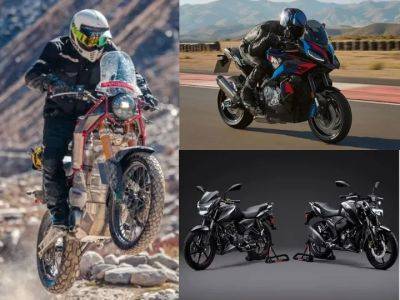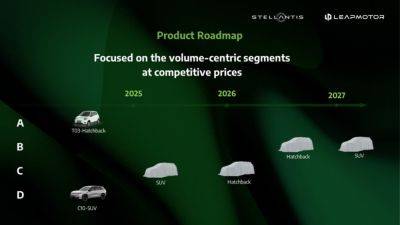Cruise control and adaptive cruise control in a car: How it works?
The array of new car launches equipped with ADAS (Advanced Driver Assistance Systems) has brought in adaptive cruise control (ACC) in many cars. While cruise control isn't a new feature, adaptive cruise control is relatively new for the Indian market. Here's all you need to know about this technology.
Cruise control is a feature that lets you set a particular speed for your car and as the name suggests — 'cruise'. One doesn't need to use the throttle or accelerator to keep the car going at the set speed. This system controls and brings in some amount of automation in driving a car at a particular speed.
Further to the aforementioned automation, adaptive cruise control is a step up to add more modernisation to this tech. All cars equipped with ADAS most certainly get adaptive cruise control. In this case, once a speed is set, the car will continue to be controlled by this system but will move according to the surrounding traffic speed. That is, if the car in front of you is moving at a speed of 40kmph, adaptive cruise control will maintain a safe distance from that car and keep the speed of your car in accordance with it. The added advantage is that automatic braking will slow down/stop the car without the driver having to intervene till asked to do so by the system.
The cruise control system uses an actuator to control the throttle input and maintain a pre-set speed. This same servomechanism is used in adaptive cruise control too but with the application of brakes through ADAS. In a way, it mimics the way human drivers accelerate and brake in traffic and coast on a highway.
Usually, there are buttons either on the steering wheel or on the stalks behind the steering wheel to set, reset, increase, and decrease the speed of the car. Some cars may have the activation button on the dashboard. Nonetheless, the function is the same, that is, to activate/deactivate it. You can adjust the required speed using buttons '+/-', fix it using 'SET', and cancel with 'CANCEL'. In cars with cruise control, the system's control is anyway cancelled with the application of brakes. Additionally, with 'RESET', the last memory of the set speed can be recalled. Once the process is set, the







